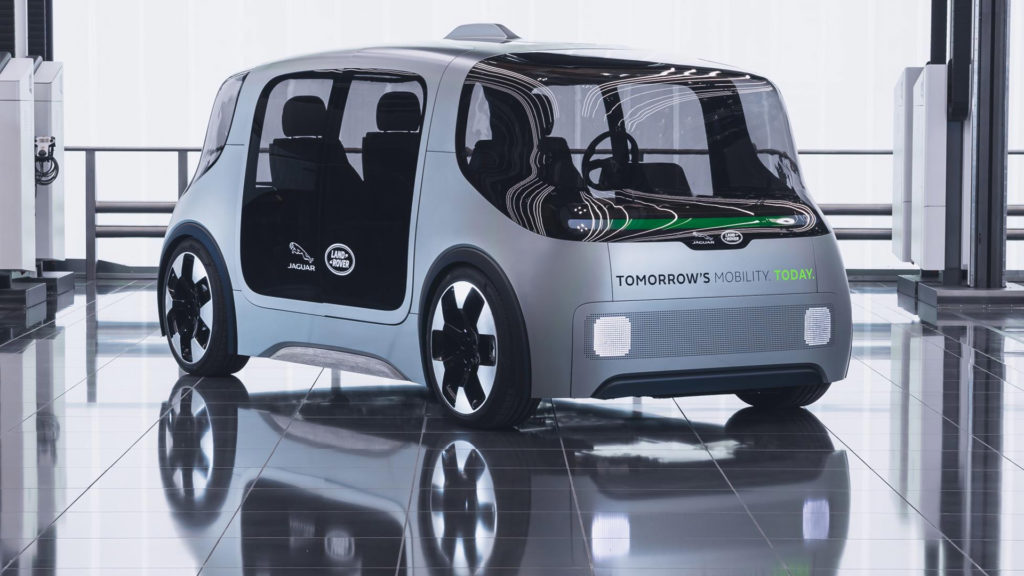For Jaguar Land Rover, the future is all about reaching Destination Zero. While we're all focused on pollution, the Jaguar team are looking at a combined approach that includes zero emissions, zero accidents and zero congestion. As more and more of the world's population moves toward living in urban areas, in an increasingly digital world, we're likely to be asking more questions about how healthy a life we're living. WhichEV looks at how Project Vector might help us reach some important milestones.
As the next stage of Jaguar's journey toward revolutionising the brand, the Project Vector concept showcases an advanced, flexible, multi-use electric vehicle that is ‘autonomy-ready’. Pilot programmes have been planned for 2021, near its Whitley plant in Coventry.
If you hear the name Jaguar and picture an E-Type roaring down the M1 in the 1960s, then you're in for a surprise.
Chief Executive Officer, Prof Sir Ralf Speth, commented: “Jaguar Land Rover understands the trends shaping modern societies. Project Vector shows Jaguar Land Rover as a leader in innovation to make our societies safer and healthier, and the environment cleaner. Through this project, we are collaborating with the brightest minds in academia, supply chain and digital services, to create connected, integrated mobility systems – the fundamental building blocks for Destination Zero”.
Professor Speth sees the concept in simple terms, “Project Vector is precisely the brave and innovative leap forward needed to deliver on our mission”.
The compact, flexible vehicle concept measures just four metres in length and is designed for the smart cities of tomorrow. The flat floor includes all of the battery and drivetrain components into a flat floor, making it relatively easy to spin-up into a new design. The way the cabin has been designed, also gives maximum flexibility in terms of how many passengers it can carry alongside a choice of cargo options. It can even be set up as a localised bus or for commercial applications, such as last mile deliveries.
Dr. Tim Leverton, the overall Project Director, told media, “Future urban travel will be a composite of owned and shared vehicles, access to ride hailing and on-demand services as well as public transport. Our vision shows the vehicle as a flexible part of the urban mobility network that can be adapted for different purposes”.
It has been developed at the National Automotive Innovation Centre to gain the advantages of working with agility and close collaboration with academic and external partners.
The project looks interesting and echoes a lot of what we've recently been hearing from Gordon Murray Design, among others. Specifically, that platforms are being designed and developed, ready for deployment once national and international standards have been decided for autonomous driving systems.
It will be interesting to see if the final production vehicles include Jaguar's LESA technology.
